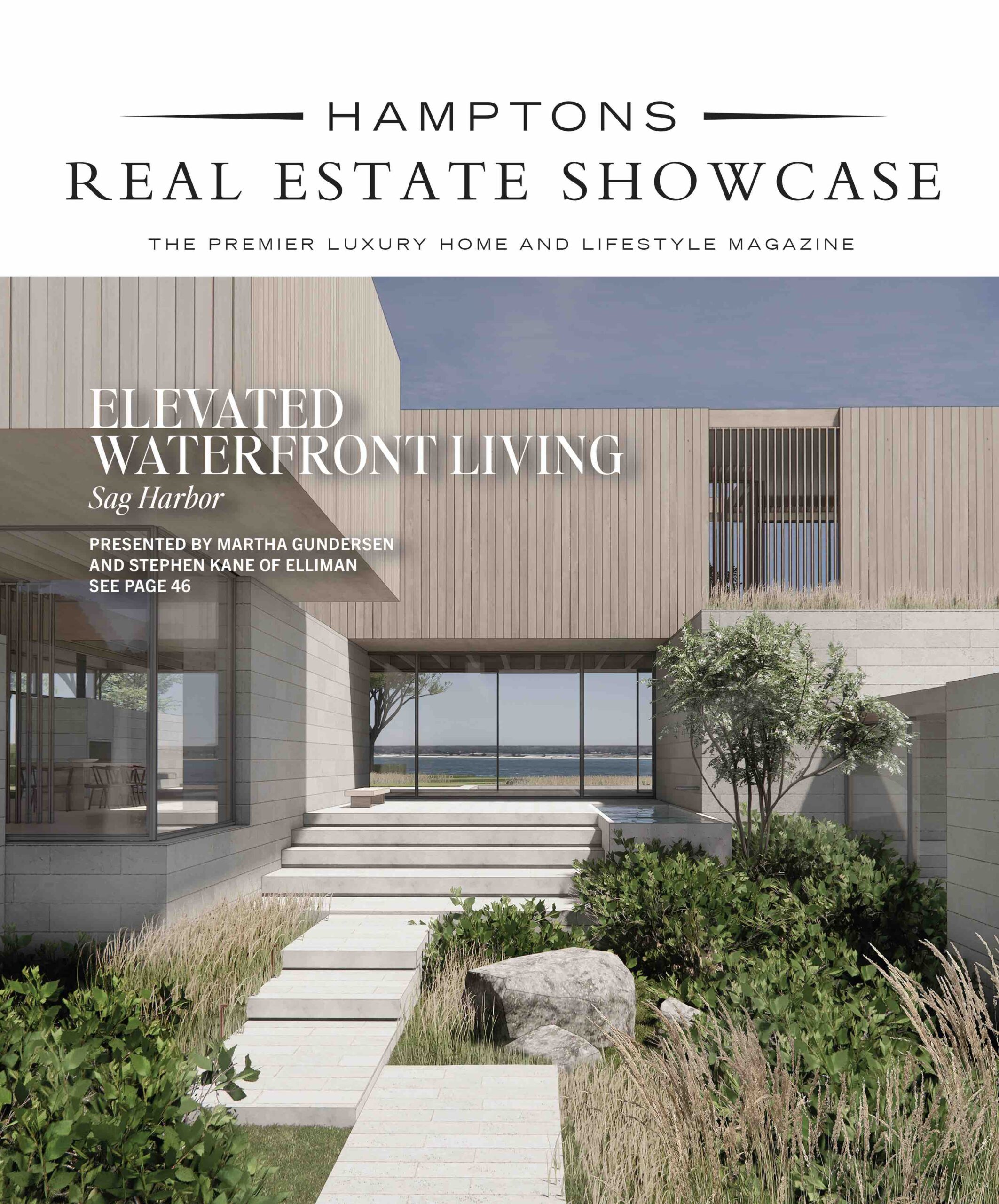Believe it or not, smart homes have been around since the late 1800s.
The technology has changed drastically, of course, but finding new and better ways to implement energy-efficiency in the home has been an important consumer driver since the invention of the water heater in 1889. It didn’t take long after that for other labor-saving devices, such as the washing machine, refrigerator and clothes dryer, to come to market. Within a few decades, those machines moved from being modern marvels to standard fare in the American home.
Modern home automation technology might be leaps and bounds beyond that of a century ago, but the general principles behind it are still more or less the same: it’s all about saving time and energy. And here in the Hamptons luxury market, new homes that embrace green building platforms are among the very most desired.
Though the hautest spots in a green home aren’t necessarily the most picturesque—think geothermal heat, solar energy and hyper-efficient mechanical systems—they are the most in demand in new home construction. And no matter the budget, these energy- and money-saving devices are among the most sought-after amenities being built into new Hamptons homes.
It’s not surprising at all that anything that helps to minimize the environmental impact is a winner when it comes to luxe living in the Hamptons, says Kristen Farrell, vice president of Bridgehampton-based Farrell Building Company. Her company has been doing it for the past two decades, she reports, adding that the buzzwords for the eponymous family-owned business are “sustainable luxury” and “sleek architecture and conscious living.” That means building homes that minimize the use of water, raw materials and energy, and utilizing recycled or renewable materials.
“As a homeowner, living in a sustainable home means you’re embracing the concept of conscious living,” adds Ms. Farrell. “Your footprint is Mother Nature approved, and you’re both environmentally and financially aware.”
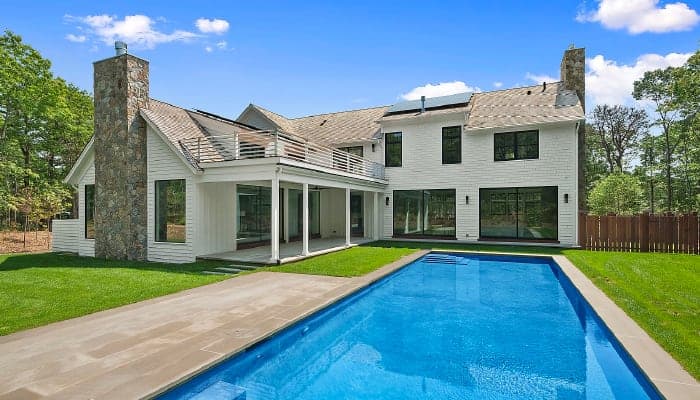
Reducing impact has moved to the mainstream, at least here on the East End, according to Mary Giaquinto, chairwoman of East Hampton-based Plum Builders. The demand for green living is coming from both the consumer and the powers that be here in the Hamptons.
“The East End towns are committed to better use of our natural resources through energy efficiency,” she says, adding that both East Hampton and Southampton have written new energy guidelines into the Town building codes.
Saving resources, and money, is the name of the game, she says. Some of the most in-demand green products she’s seen being implemented include solar panels, which have grown from unwieldy and cumbersome to aesthetically pleasing and less intrusive, as well as energy-efficient heating systems.
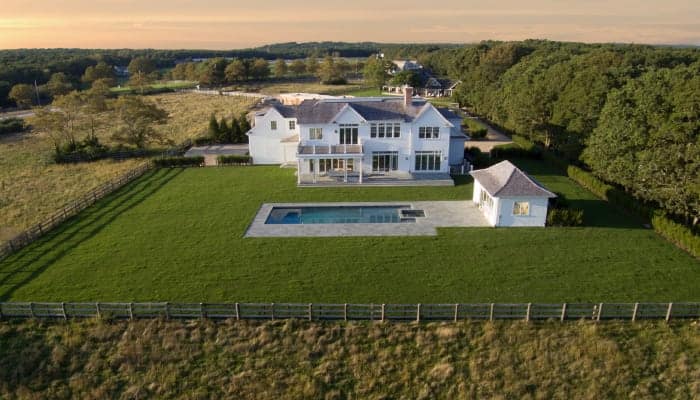
Max Breskin, owner of Hamptons- and Manhattan-based Breskin Development, agrees. Reducing energy consumption is paramount, he says. And it’s now de rigueur for new homes to have not just technology that better harnesses energy, but also smart climate control systems in place that allow users to better manage their heating and cooling in order to cut energy consumption significantly.
And since technology seems to travel at the speed of light, it’s no surprise that there’s another major shift about to happen in our homes in the very near future, say the experts. Coming down the pike, energy storage will be the next big thing in residential construction and renovation, says Breskin.
Similar to how Elon Musk changed the landscape for automobiles with his no-fuel-needed Tesla cars, more and more residential construction will be built without the need to be fossil fuel dependent. Instead, the incorporation of lithium batteries will soon be the newest frontier for ultra-high-end automated homes.
“Incorporating electric charging stations into the design allows homeowners to generate power for their homes and store excess energy during off-peak hours,” Breskin says. “The next step in ‘living off the grid’ will be the advancement of energy storage.”










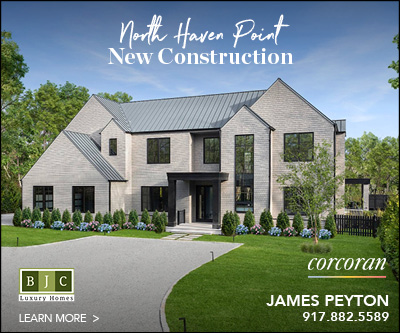




![Tucked along the shoreline of West Neck Harbor, this Shelter Island retreat offers a rare opportunity for relaxed waterfront living. ☀️⚓ With a waterside pool, deep water dock, guest cottage, and 220± feet of bulkhead frontage, every inch of the property is designed to embrace the outdoors. Inside, rich architectural details, sun-filled rooms, and elegant entertaining spaces blend comfort with character, making this a true summer escape.
37 East Brander Parkway, Shelter Island
Represented by Rebecca Shafer @myshelterisland of @thecorcorangroup [link in bio]](https://hamptonsrealestateshowcase.com/wp-content/uploads/sb-instagram-feed-images/515283061_18519694612030135_1293239383085970748_nfull.webp)
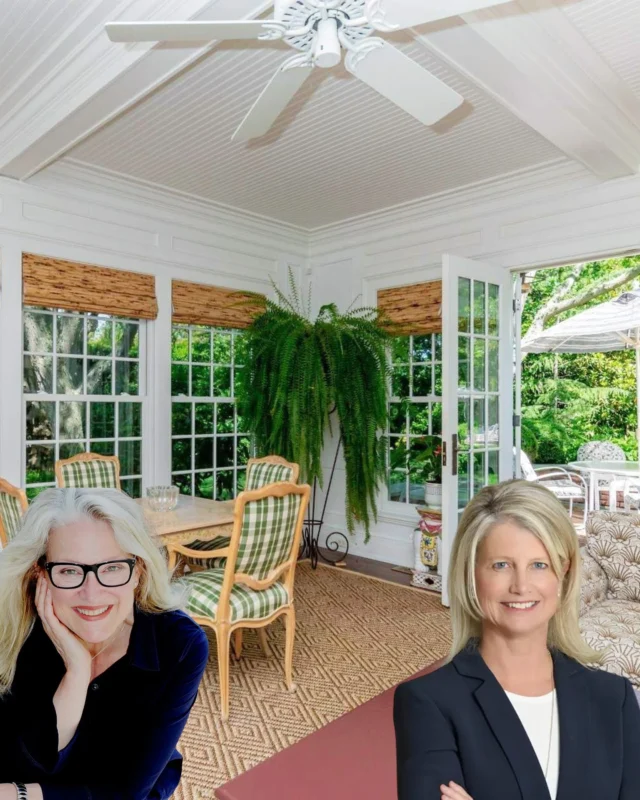
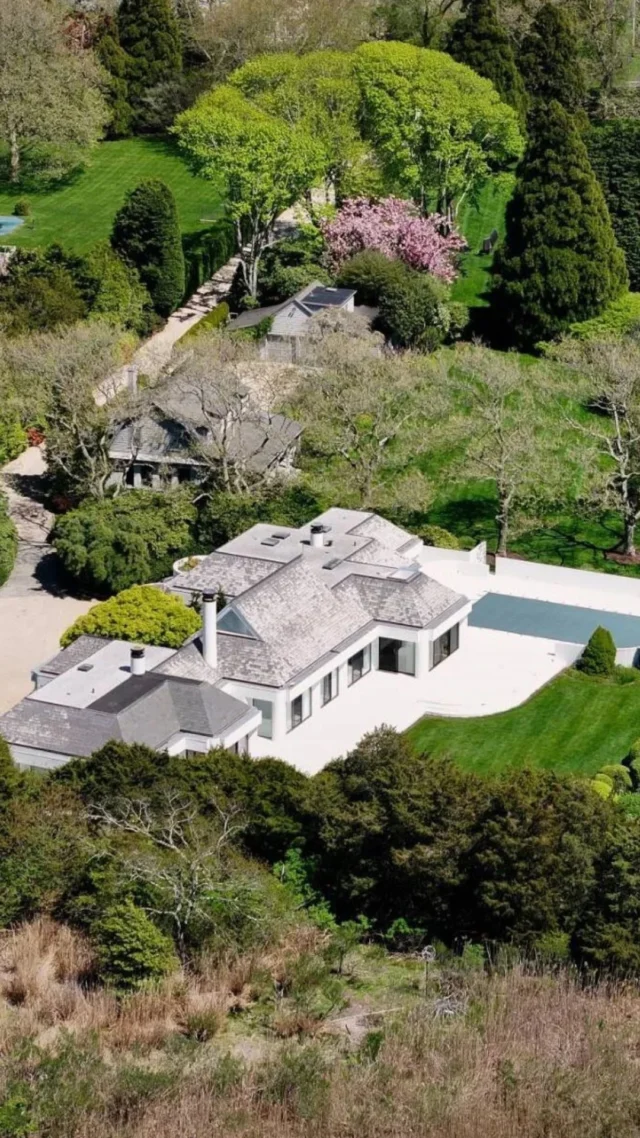
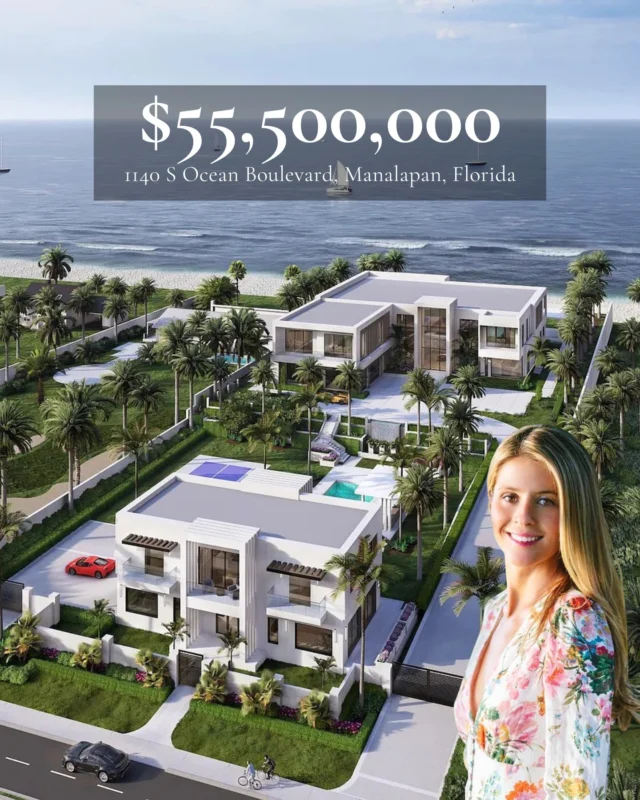

![A private Sag Harbor retreat with timeless elegance and space to roam 🌿 Set on 6.5± secluded acres, this beautifully designed estate offers over 8,000± square feet of refined living, with layered outdoor spaces, a 50-foot gunite pool and spa, and ever amenity needed for effortless Hamptons Living.
47 Middle Line Highway, Sag Harbor Represented by @theenzomorabito of @douglaselliman [link in bio]](https://hamptonsrealestateshowcase.com/wp-content/uploads/sb-instagram-feed-images/513860206_18518605354030135_4589361988158119558_nfull.webp)
